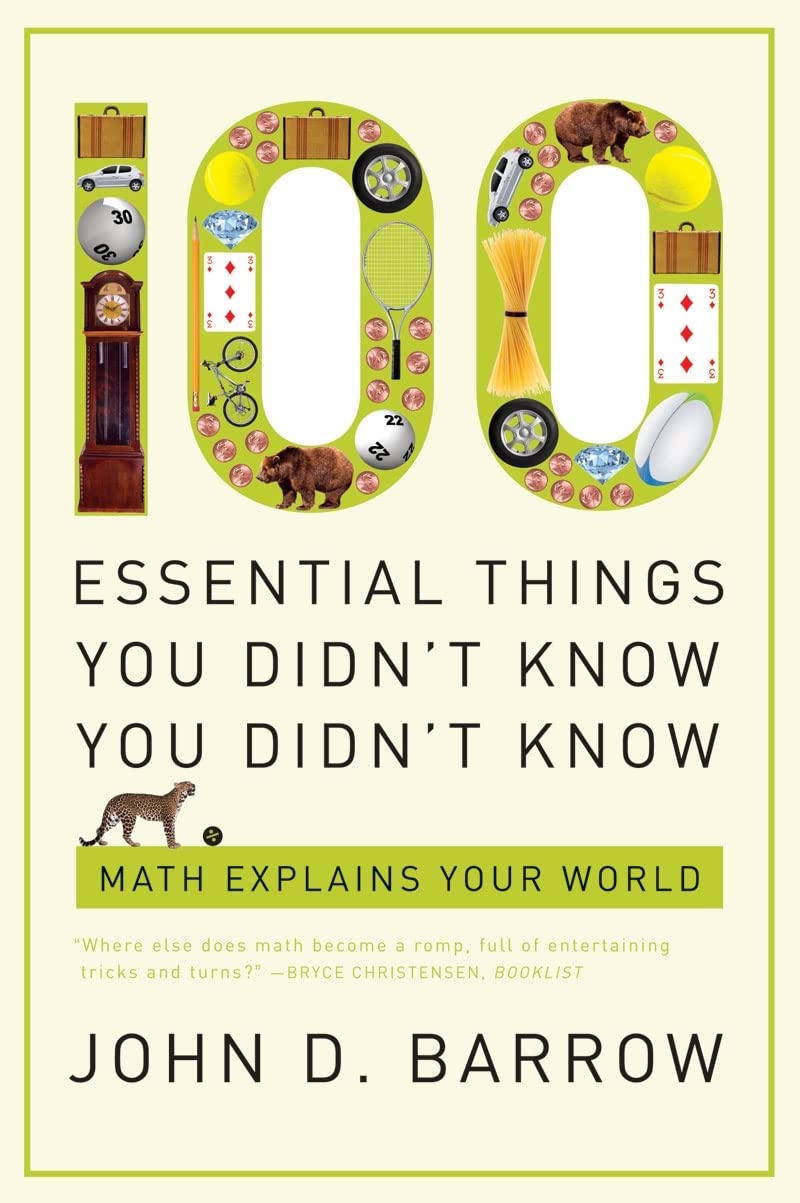Format: Hardcover, Paperback, Kidle. You can purchase it on Amazon.com
- Publisher: W. W. Norton & Company.
- Publication date: 2010
- Language: English
- Print length: 304 pages
- ISBN-13: 978-0393338676
The Hungarian edition was published by Akkord Publishing in 2016 and can be purchased at Libri.
John Barrow is known to Hungarian readers for his works The Origin of the Universe and The Book of Universes. The Cambridge professor is not only an excellent cosmologist, theoretical physicist, and mathematician, but also—especially in the United Kingdom and Italy—a well-known popular science writer and amateur playwright. In addition, he enjoys delving into the history and philosophy of science.
100 Essential Things You Didn’t Know You Didn’t Know is a playful little book, made up of a hundred short, two- to three-page anecdotes about everyday phenomena that we often pass by without ever truly understanding. There is no particular system, order, or guiding thread to the selection. Barrow uses these stories to demonstrate how mathematics can help us discover fascinating things about the world.
He touches on topics like collecting car trading cards, which readers can relate to today’s popular sticker-collecting mania. He discusses race-fixing in horse betting and whether there is a winning strategy for the lottery—or more precisely, the “one-number game.” English statistician John Haigh proved that the average person is more likely to drop dead within an hour of buying a lottery ticket than to win the jackpot. Yet the book also tells us of cases where people played almost “for sure” and actually won.
Other topics include how to double your money, how elections can be rigged, and what percentage of votes is needed to legitimately feel empowered to carry out your political program. Many of the topics involve statistical and probabilistic reasoning, but the book also includes number theory and even basic physics problems. Among the latter is Feynman’s famous question about why a bent dry spaghetti strand typically breaks into three or more pieces instead of two—and how to estimate the energy released in an atomic bomb explosion.
In the second chapter, where a tightrope walker is discussed, it would have been more accurate to talk about the moment of inertia rather than just inertia, but aside from that, the translation is excellent. The stories are entertaining and understandable with an average high school level of knowledge. If a particular topic seems too difficult, the reader can simply skip it—there’s no connection between the chapters.
The book is recommended for both high school students and adults. A resourceful teacher could use some of the problems to liven up the core curriculum, and in a family that enjoys intellectual challenges, they can even be shared over breakfast as puzzles—or told as jokes in a circle of friends.

